The Great Sahara Desert!
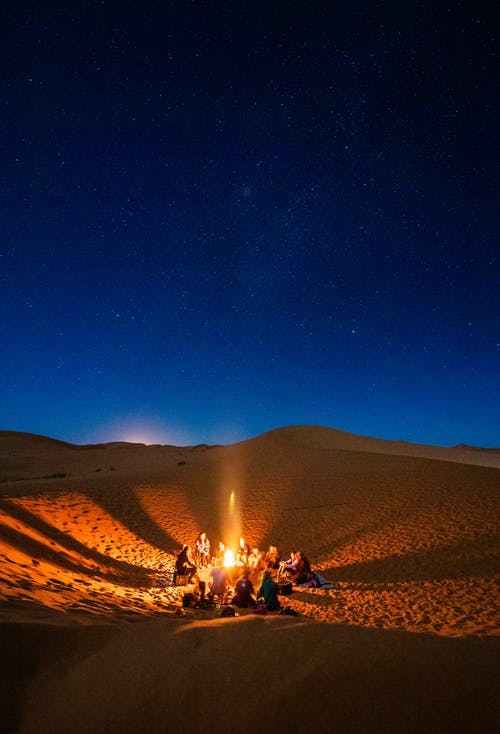
Sahara, (from Arabic ṣaḥrāʾ, “desert”) largest desert in the world. Filling nearly all of northern Africa, it measures approximately 3,000 miles (4,800 km) from east to west and between 800 and 1,200 miles from north to south and has a total area of some 3,320,000 square miles (8,600,000 square km); the actual area varies as the desert expands and contracts over time. The Sahara is bordered in the west by the Atlantic Ocean, in the north by the Atlas Mountains and Mediterranean Sea, in the east by the Red Sea, and in the south by the Sahel—a semiarid region that forms a transitional zone between the Sahara to the north and the belt of humid savannas to the south.
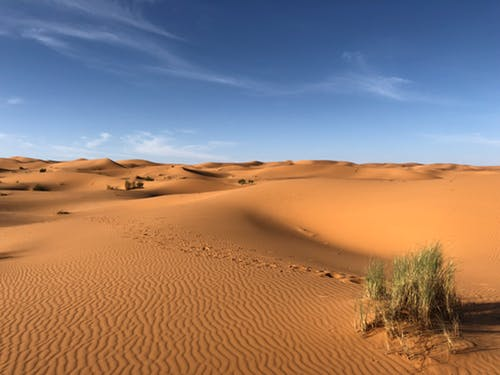
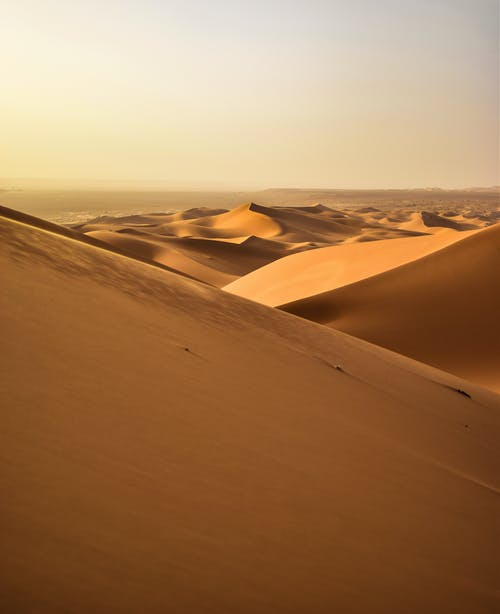
The Sahara sits atop the African Shield, which is composed of heavily folded and denuded Precambrian rocks. Because of the stability of the shield, subsequently deposited Paleozoic formations have remained horizontal and relatively unaltered. Over much of the Sahara, these formations were covered by Mesozoic deposits—including the limestones of Algeria, southern Tunisia, and northern Libya, and the Nubian sandstones of the Libyan Desert—and many of the important regional aquifers are identified with them.
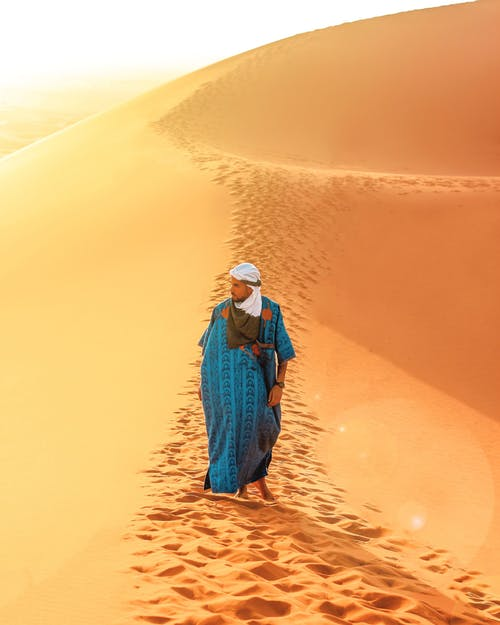
In the northern Sahara, these formations are also associated with a series of basins and depressions extending from the oases of western Egypt to the chotts of Algeria. In the southern Sahara, downwarping of the African Shield created large basins occupied by Cenozoic lakes and seas, such as the ancient Mega-Chad. The serirs and regs differ in character in various regions of the desert but are believed to represent Cenozoic depositional surfaces.
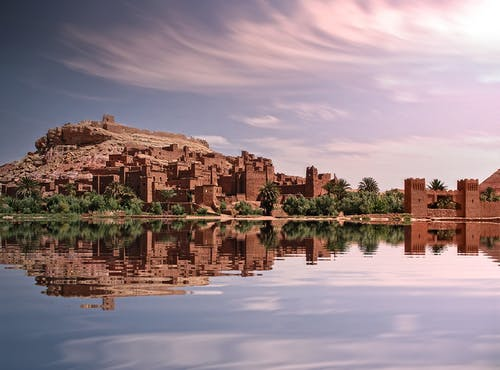
A prominent feature of the plains is the dark patina of ferromanganese compounds, called desert varnish, that forms on the surfaces of weathered rocks. The plateaus of the Sahara, such as the Tademaït Plateau of Algeria, are typically covered with angular, weathered rock.
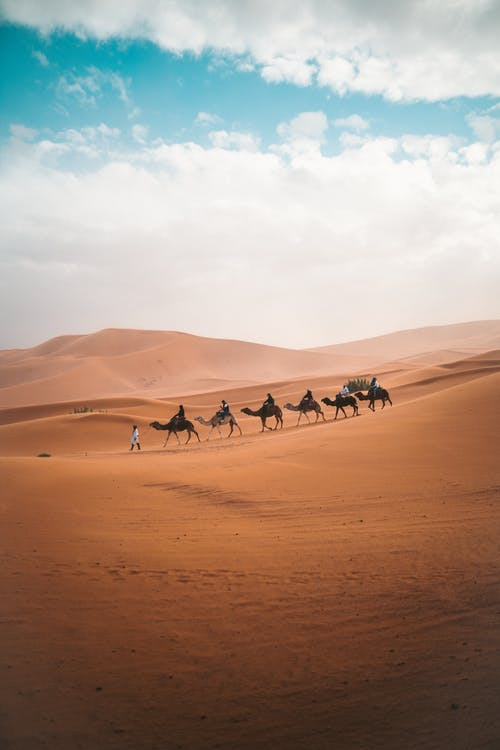
In the central Sahara, the monotony of the plains and plateaus is broken by prominent volcanic massifs—including Mount ʿUwaynat and the Tibesti and Ahaggar mountains. Other noteworthy formations include the Ennedi Plateau of Chad, the Aïr Massif of Niger, the Iforas Massif of Mali, and the outcroppings of the Mauritanian Adrar region.
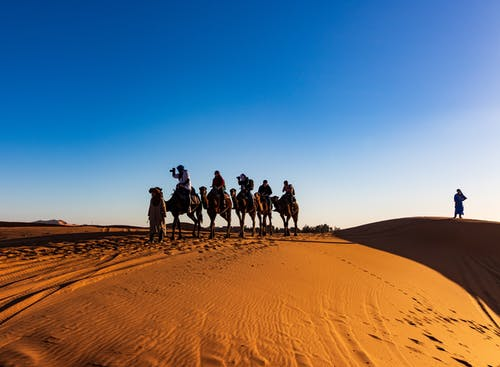
The desert is a great place for travellers who want to xplore new places. If you have also been to the sahara desert tell us about the experince below thanks guys .😚